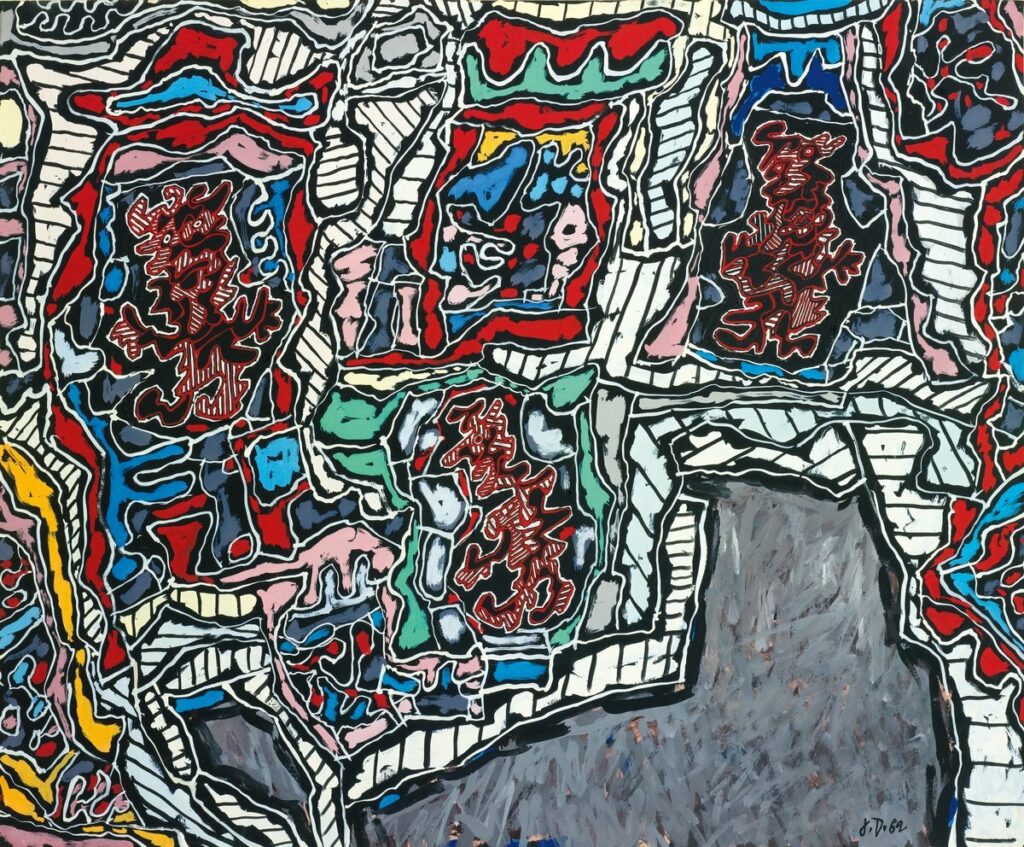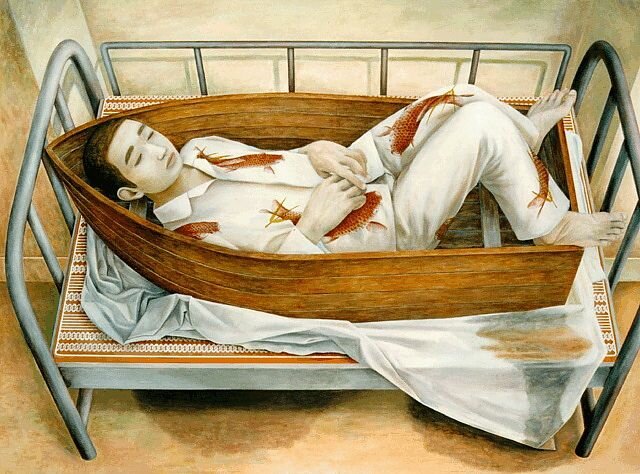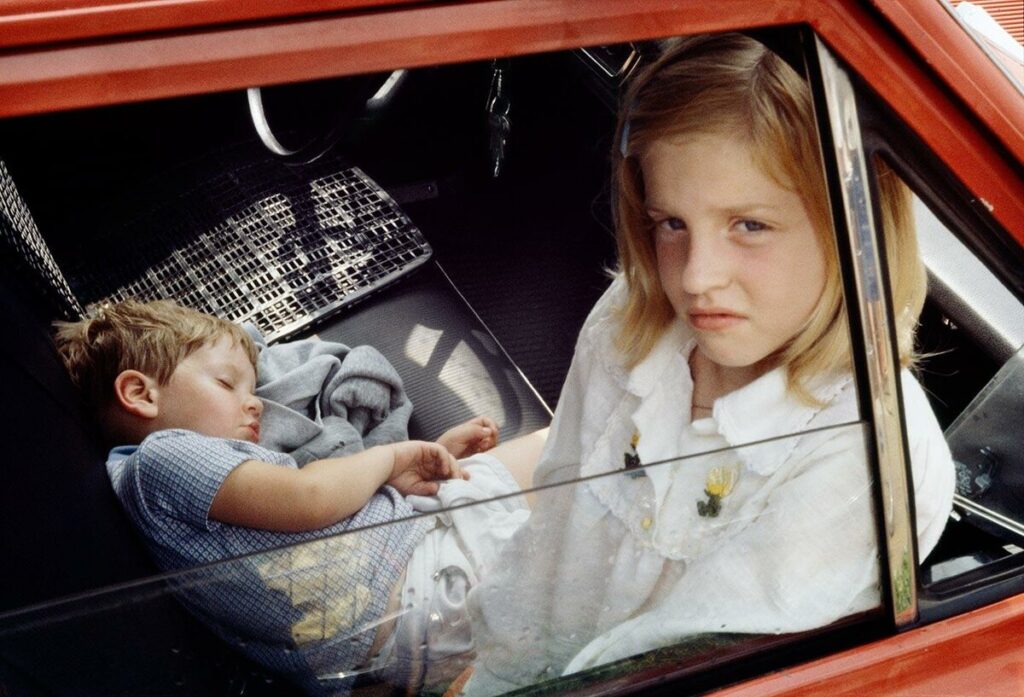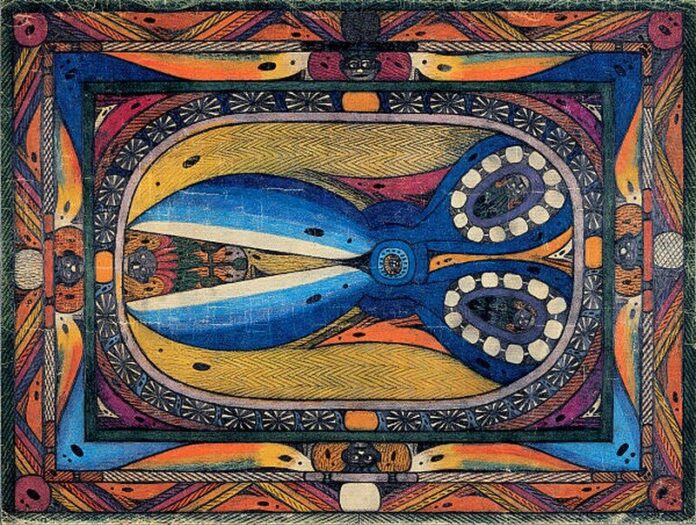What is art brut?
Art brut is an art direction. The works are created outside of academic traditions. The term “art brut” was coined in 1945 by the French artist Jean Dubuffet (1901-1985) to reflect the inner content of his collection of works created by mentally ill or socially disabled people.
Dubuffet himself also worked in the art brut style. He believed that such art is the most honest, devoid of any stereotypes.
Works of contemporary artists always have a philosophical component. If the viewer cannot independently understand the essence of the work, he will try to guess the subtext, know the general direction in which the masterworks, or read the description of the painting in the catalog. Art brut has no such component.
Distinctive features of art brut
This term refers to the native flow of the creative thought of the creator of the artwork, not burdened either by philosophy or by the subsequent tasks of presenting the work to the public or selling it. Art brut artists, in fact, “from scratch” invent their principles of artistic mastery, ways of expressing ideas, and drawing techniques.

Art brut paintings are art for art’s sake, a stream of consciousness splashed onto paper or canvas. Art brut is usually difficult to understand because the people who create it live in their concepts of the world, and, accordingly, convey their feelings in a purely personal, strictly individual way.
Most art brut artists are socially or culturally marginal figures, often suffering from mental disorders, which, as they say, spill their whole soul onto paper. They are not constrained by the usual restrictions of social norms, concepts, and principles, their works are created spontaneously, and drawing techniques are purely individual.
Art brut artists
One of the most important collections of art brut works belonged to the founder of this genre, Jean Dubuffet, who died in 1985. Today, La Collection de l’Art Brut is kept in the Swiss city of Lausanne. The collection includes over 70,000 works by 1,000 authors. About 700 works are constantly exhibited in the halls of the castle of Beaulieu.

A successful painter and sculptor, Jean Dubuffet drew attention to the art of the mentally ill through Hans Prinzhorn’s book The Artistry of the Mentally Ill, which was published as early as 1922. Prinzhorn, who was not only a well-known German psychiatrist but also an art historian, was the first to attempt to analyze the drawings of mentally ill people from both a psychological and an aesthetic point of view.
After reading Prinzhorn’s book, Dubuffet began to piece together his ideas about the origin of “pure art”, which he had been thinking about throughout his artistic career. He felt that the simple life of an ordinary person contains more art and poetry than academic studies or the works of great painters.
The term “art brut” was coined by Dubuffet on August 28, 1945.
The artist met with leading psychiatrists and began to visit hospitals to find the creations of self-taught adult artists with mental disabilities. Dubuffet published several pamphlets dedicated to artists who worked in the art brut style.

From 1947 to 1951, Dubuffet organized several exhibitions of his collection. In 1948, he founded the “Art Brut Society”, which included famous writers and publicists, including the “father of surrealism” Andre Breton. Salvador Dali, Max Ernst, and Sonia Delaunay were fond of the theme of naive art.
Another large collection of “outsider art”, the Musgrave Kinley Outsider, is housed in the Whitworth Art Gallery of the University of Manchester. It includes more than 1150 works created by 129 artists. The collection was formed over 30 years (1979-2010) by curator Monica Kinley and gallery owner Victor Musgrave. Their collection began as an alternative to “production” painting aimed at commercial sales.
In 2010, the Musgrave Kinley Outsider collection was donated to the Whitworth Gallery, Manchester. Exhibits in the collection include a triptych by Henry Darger, works by Alois Corbaz, psychic drawings by Madge Gill, pastel drawings by Albert Lowden, woven sculptures by Judith Scott, and iconic works by Pascal Verbena, Scotty Wilson, and Carlo Zinelli.

























